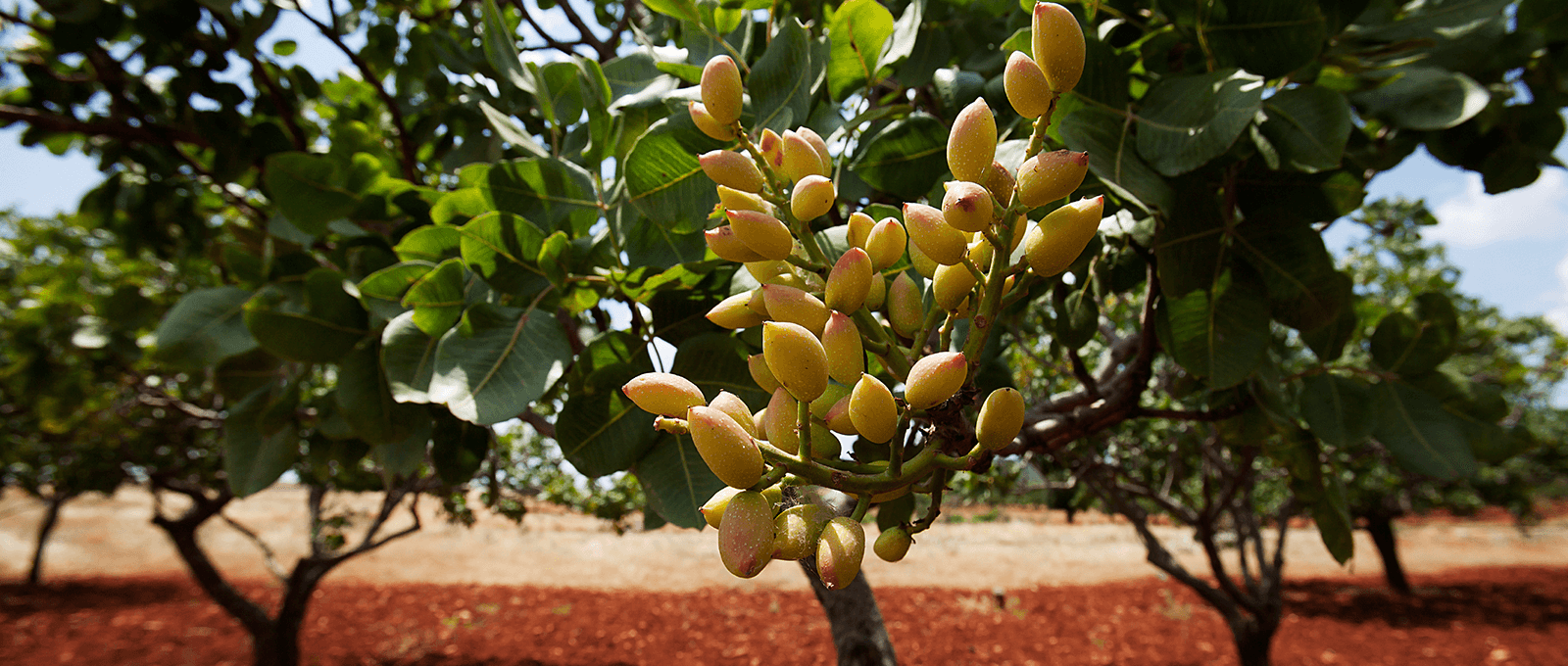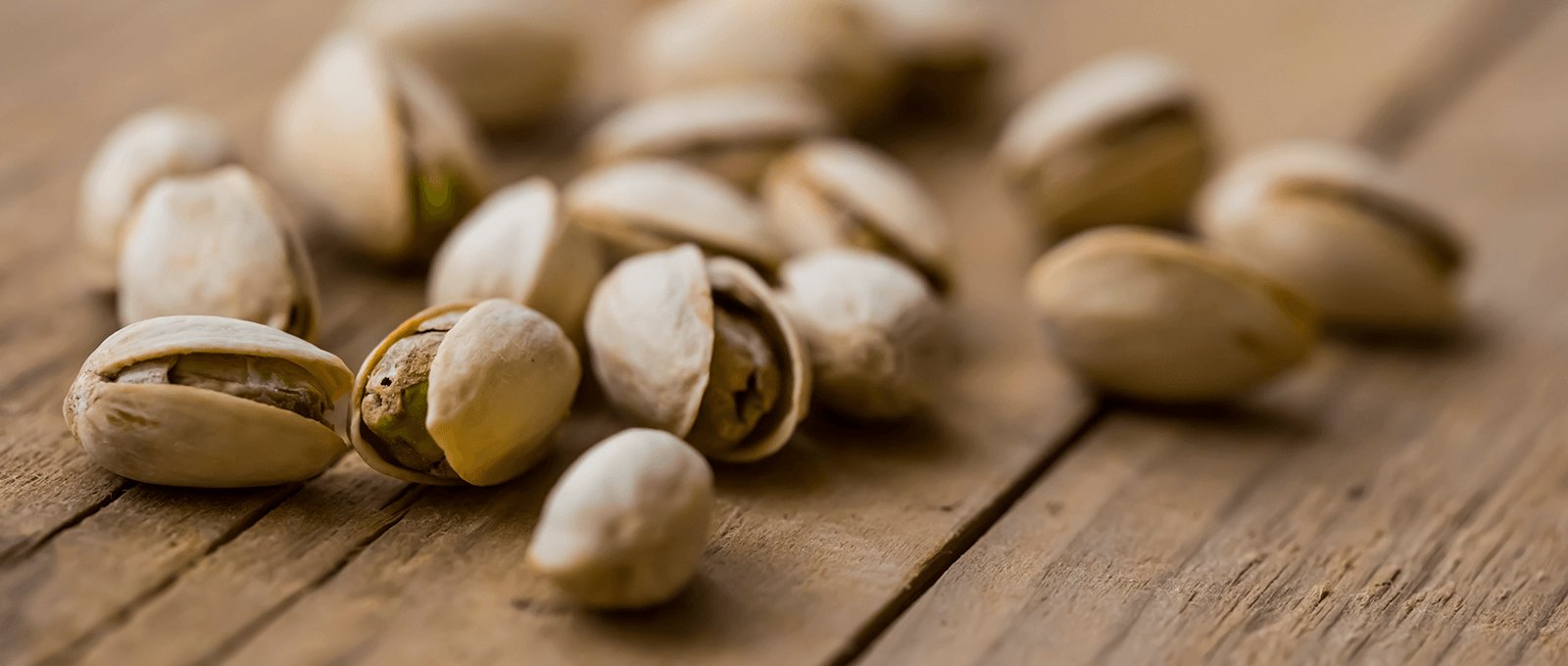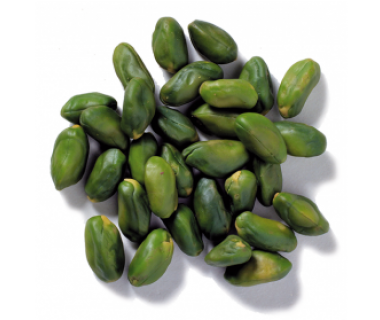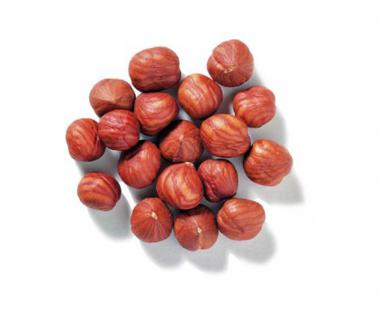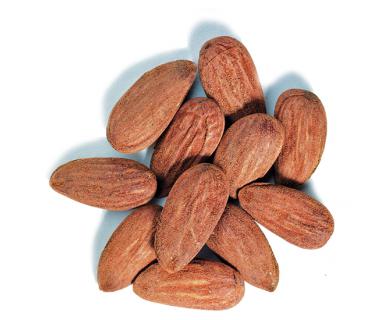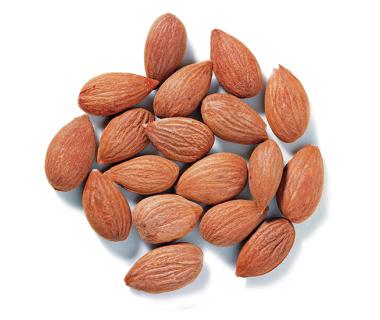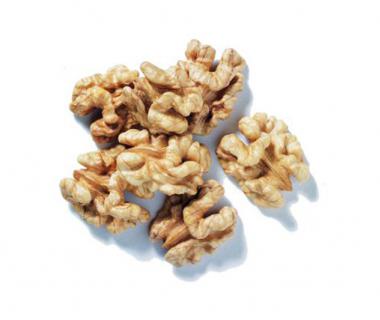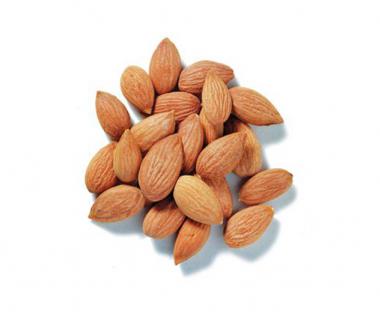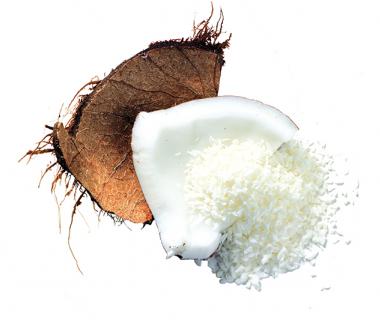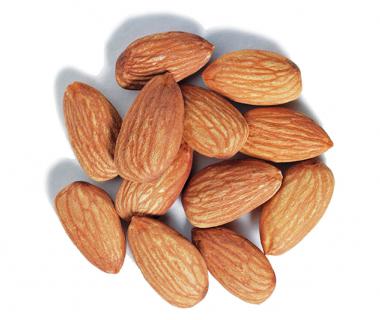Pistachios
The pistachio tree belongs to the sumac family and originally comes from Asia. It can grow to 12 meters high and live up to 300 years. Its fruit has been a popular delicacy since antiquity. Its long shelf life made pistachios an important travel commodity, which contributed to its spread across the world. The pistachio is the only stone fruit that is already open in its natural state. It is said that the pistachio starts to smile when the fruit is ripe and the peel rises.
For an unknown reason, the pistachio tree alternately bears a small and, in the following year, a rich harvest. Regardless of the year in which they were planted, the trees synchronize in any given region and yield the same harvest. As a rule, the harvest in Iran is higher in the odd years than in the even years. Pistachio trees thrive best in desert-like climates with hot days and cool nights. Optimal is a height between 150 and 250 meters above sea level.
The main cultivation areas for pistachios are Iran, with the region around Kerman and Rafsandjan, as well as the US (California) with approximately 200,000 tons harvest in the shell per year. Green skinned pistachio nuts come from Iran, Sicily and the Gaziantep region in Turkey.
The core of the ripe pistachio is yellow. In order to obtain green pistachio kernels, these must be harvested in an immature stae. To do this, the pistachios are picked from the trees about a month before harvest time. The stone bowl is still closed at this time and is broken by mills, the seed skin of the cores is then removed in hot water. The different shades of green are sorted by colour scanners.
Green pistachio nuts are used in the confectionery industry, e.g. in marzipan, Mozartkugeln and chocolates, in ice cream, in meat products as well as in the gastronomy, for example in salads and desserts for decorating purposes and as a topping.

